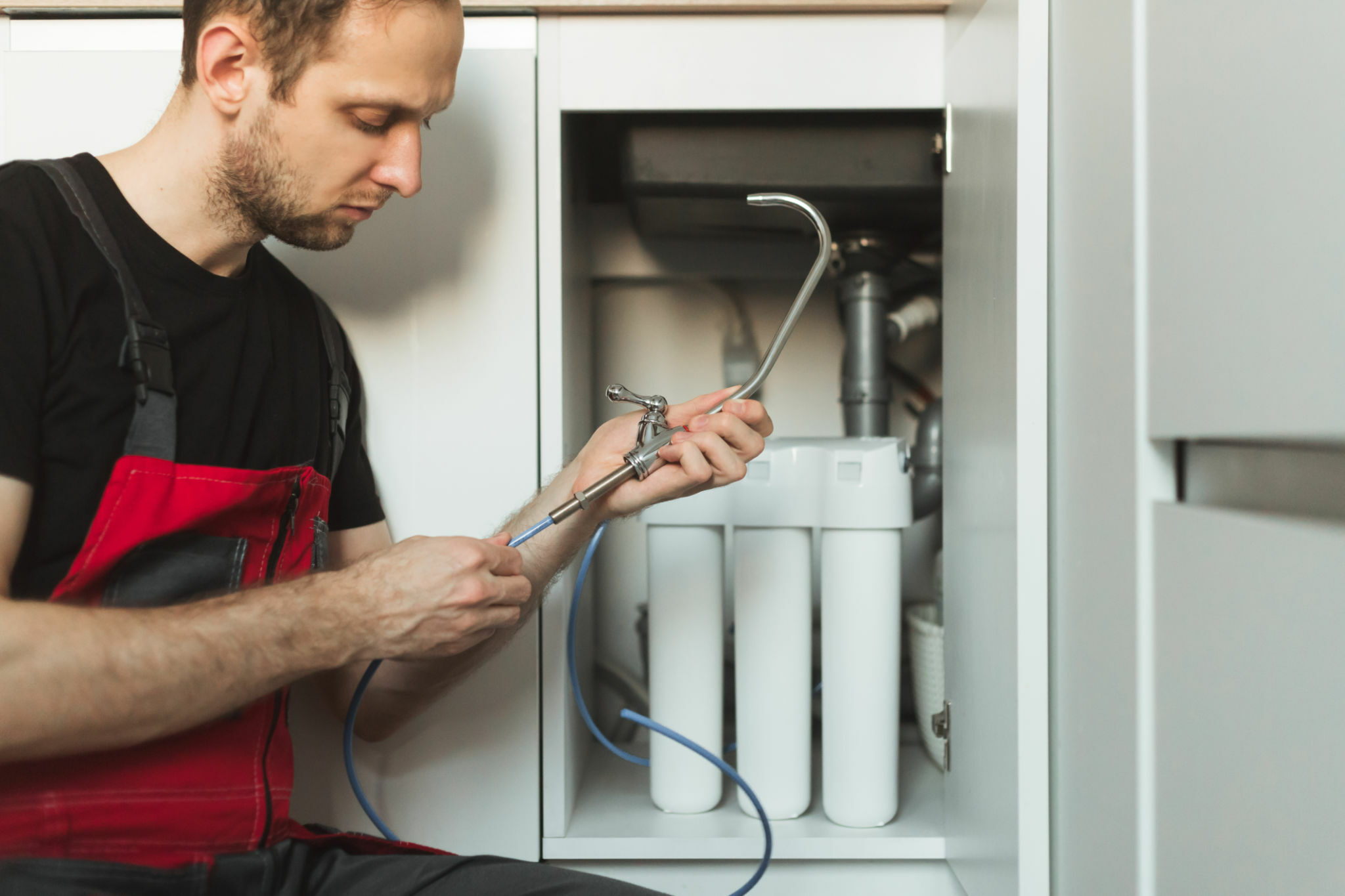
Water is an indispensable element in our daily lives and the quality of the water we use matters significantly. For residents in Maryland, where hard water is prevalent, installing a residential water softener can be a transformative solution. In this extensive guide, we will walk you through each step of the installation process, ensuring a seamless experience and optimal performance for your water softener.
Tools and Materials You’ll Need
Before you start installing, it’s important to gather all the necessary tools and materials. This will help you complete the process faster and without any interruptions. Here’s a list of everything you’ll need:
- Pipe Cutters: These are essential for precisely cutting pipes to the required lengths during installation.
- Adjustable Pliers: These versatile pliers will be handy for gripping and turning various nuts and bolts.
- Tape Measure: Accurate measurements ensure a proper fit, making a tape measure indispensable.
- Plumbers Tape or Teflon Tape: This tape seals pipe threads, preventing leaks and ensuring a watertight seal.
- 3/4″ Flexible Water Connectors: Flexible connectors are essential for accommodating slight variations in the alignment of pipes.
- 1/2″ Poly Tubing: Poly tubing is commonly used for connecting different components of the residential water softener system.
- Water Softener Salt: This is a fundamental component of the water softening process, aiding in removing mineral ions.
- Adjustable Wrench: An adjustable wrench is necessary for tightening and loosening nuts and bolts of various sizes.
- Tubing Cutter: Specifically designed for cutting tubing, this tool ensures clean and precise cuts.
- Pipe Wrench: A pipe wrench is crucial for gripping and turning pipes, providing leverage during installation.
- Screwdriver: A versatile tool that will come in handy for various tasks, including securing screws in place.
- Compression Fittings: These fittings are used to join pipes without soldering, providing a secure connection.
- Copper or PVC Pipes: Depending on your preference and the specific requirements of your installation, you’ll need either copper or PVC pipes.
- Copper or PVC Connectors: Connectors facilitate the joining of pipes, ensuring a seamless water flow.
- Shut-off Valves: These valves allow you to control the water flow, making them essential for maintenance and emergencies.
- Bypass Valves: Bypass valves can divert water away from the softener, which is helpful during maintenance or when not using softened water.
- Pipe Joint Compound: This compound enhances the seal on threaded connections, adding an extra layer of protection against leaks.
How To Install A Water Softener
Now that you have all the necessary tools and materials let’s delve into the step-by-step process of installing a residential water softener:
Shut Off Water and Electricity: The first step is crucial for safety. Turn off the main water supply to your home and, if applicable, the electricity to your water heater.
Determine Installation Location: Carefully choose the location for your water softener. Consider factors such as proximity to the main water line, drainage, and adequate ventilation.
Modify Water Loop: If your home has a water loop, use a pipe cutter to remove the connecting part of the loop. Attach an elbow fitting to one end of the now-separated main water line (Read more in detail below).
Configure Drain Hose and Brine Tank: Connect the drain hose from the water softener to the drain and set up the brine tank according to the manufacturer’s instructions. Ensure a secure connection between the overflow tube and the brine tank.
Switch Bypass Valve and Restore Water Supply: Set the bypass valve to the ‘active’ position to allow water to flow through the softener. Once everything is in place, reactivate your home’s water supply.
If Your Home Has a Loop:
If your home has a water loop, additional steps are needed to integrate the residential water softener seamlessly. Follow these steps:
Shut Off Water and Electricity: As mentioned earlier, turn off the main water supply and, if applicable, the electricity to the water heater.
Identify the Loop: Locate the water loop in your home, typically found near the water heater.
Cut and Modify the Loop: Use a pipe cutter to remove the section of the loop that connects to the main water line.
Attach Elbow Fitting: Attach an elbow fitting to one end of the now-separated main water line. This modification redirects the water flow through the water softener.
Connect Water Softener: Install the water softener in the chosen location, connecting it to the modified water loop.
Configure Drain and Overflow: Set up the drain hose and overflow tube according to the manufacturer’s instructions. Ensure a secure connection between the water softener and the brine tank.
Activate Bypass Valve: Switch the bypass valve to the ‘active’ position to allow water to flow through the softener.
Restore Water Supply: Reactivate your home’s water supply once everything is in place.
With these detailed steps, you’ve successfully installed a residential water softener. The next sections will elaborate on each key point, providing additional insights and tips to ensure a successful installation process.
If Your Home Doesn’t Have A Loop
For homes without a water loop, the installation process is slightly simpler. Follow these steps for a successful installation:
Shut Off Water and Electricity (If Applicable): Safety is paramount. Begin by turning off the main water supply to your home. If your home has a water heater, deactivate its electricity.
Choose the Installation Location: Carefully select a location for your water softener. Proximity to the main water line, drainage considerations, and ventilation are crucial factors.
Install the Elbow Fitting: Use a pipe cutter to remove the connecting part of the main water line. Attach an elbow fitting to one end of the separated main water line. This modification allows the redirection of water flows through the water softener.
Set Up Drain Hose and Brine Tank: Connect the water softener’s drain hose to the appropriate drain point and configure the brine tank according to the manufacturer’s instructions. Ensure a secure connection between the overflow tube and the brine tank.
Activate Bypass Valve and Restore Water Supply: Switch the bypass valve to the ‘active’ position, allowing water to flow through the softener. Reactivate your home’s water supply.
Frequently Asked Questions
How long does it take to get soft water after installing a water softener?
The timeline for experiencing soft water post-installation can vary. In general, you may notice improvements immediately, but the system can take a few days to reach optimal performance. Factors such as water usage and the size of the softener play a role.
Do I fill the brine tank with water when installing a water softener?
No, the brine tank is typically filled with water-softener salt. This salt is crucial for ion exchange, removing hardness-causing minerals from the water.
Can I install a water softener myself?
While the installation process is feasible for many homeowners, following the manufacturer’s instructions closely is essential. If you’re unsure or uncomfortable with any step, it is best to hire professionals for the job.
How much does it cost to install a residential water softener?
Installation costs can vary based on factors such as the complexity of the installation, labor rates in your area, and additional materials required. On average, professional installation costs range from $200 to $500.
Where does a water softener get installed?
Residential water softeners are typically installed near the water entering your home. Common locations include the basement, garage, or utility room. Adequate space and proper ventilation are essential considerations.
Can I install a water softener outdoors?
While some water softeners are designed for outdoor use, checking the manufacturer’s specifications is crucial. If installing outdoors, protect the unit from extreme weather conditions and ensure it’s on a stable surface.
Get Customized Solutions for Residental Water Treatment in Maryland
Experience pure and soft water with our customized residential water treatment solutions in Maryland. Our team of experts understands that every home has unique water challenges, so we tailor our solutions to meet your specific needs. We analyze your water quality and provide personalized recommendations to ensure that your home receives the perfect treatment it deserves.
Say goodbye to hard water and unlock the benefits of cleaner dishes, softer skin, and longer-lasting appliances. Our personalized water treatment plans are designed to provide the best possible results, far superior to one-size-fits-all solutions. We use the latest technology and the best quality materials to remove impurities and contaminants, ensuring that your water is pure, soft, and safe.
At our company, we’re committed to delivering excellence in every drop. We understand that superior water quality is essential for a healthier home environment, and we take pride in providing our customers with the best solutions.
Whether you are looking for residential water softeners or other water treatment solutions, we are a one-stop destination for all. Contact us at 410-341-6500 or write to us at sales@peninsulawater.com to schedule a consultation and start your journey toward a healthier home with our personalized water treatment plans. We’re dedicated to your satisfaction and guarantee you’ll notice a significant difference in your water quality.
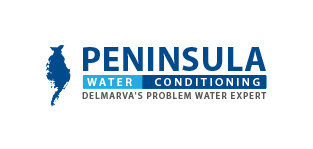
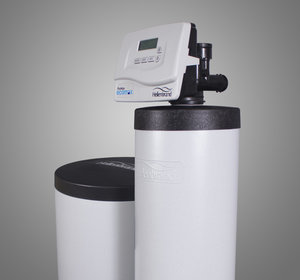
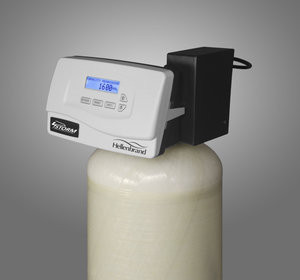
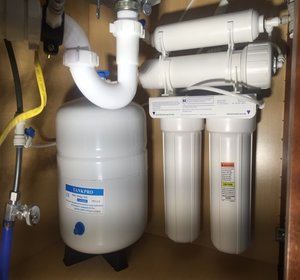
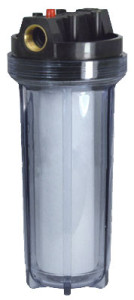
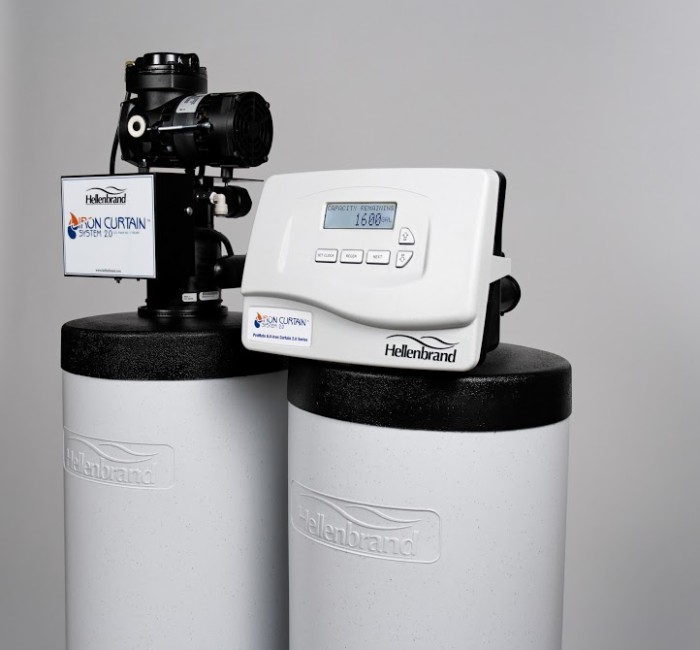
No Comments